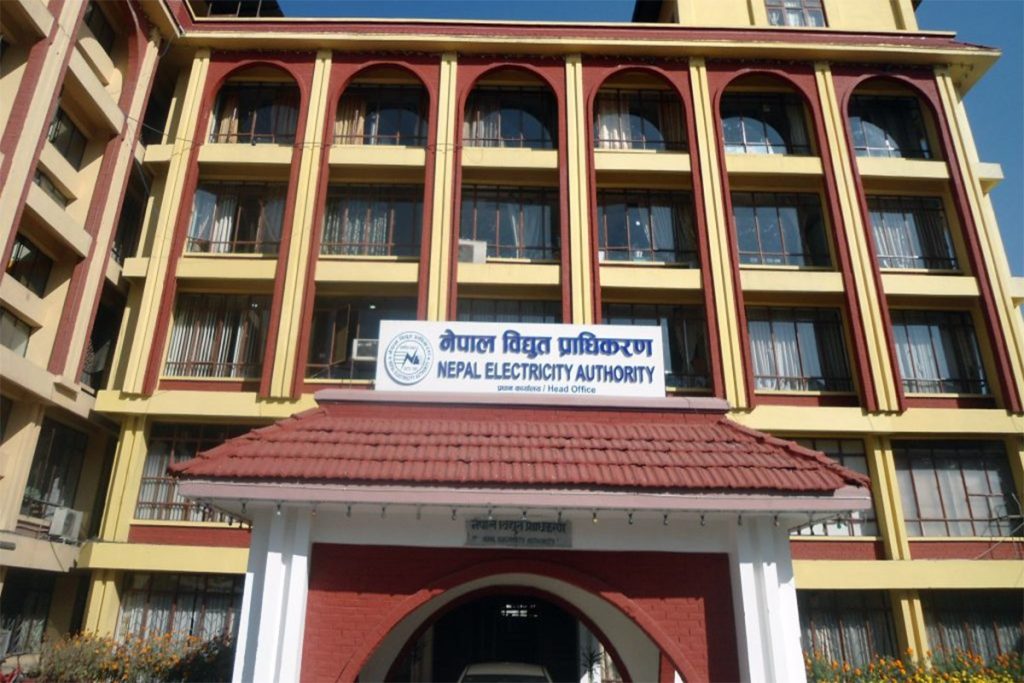
Due to a drop in domestic output throughout the winter, the Nepal Electricity Authority (NEA) has stated that it is unable to import electricity from India within the allotted time, which results in an inability to supply electricity to the industrial regions during peak nighttime hours.
On Tuesday, the NEA formally declared that it would reduce the amount of electricity supplied to the manufacturing sectors. However, load shedding in the residential sector has been ruled out by the state-run electricity utility.
Power outages are inevitable at this critical juncture, according to NEA spokesperson Chandan Kumar Ghosh. He predicts that within a week to ten days, the industries’ power supply would start to be disrupted. “For nearly a month, we have been having trouble keeping a steady supply of electricity,” Ghosh stated.
With the arrival of winter, Nepal’s hydropower projects experience a significant dip in energy generation because the majority of them are run-of-the-river in nature. Despite having 3,200 MW of installed capacity nationwide, the NEA has only forecast 1,100 MW of electrical generation this winter.
Ghosh went on to say that a significant reduction in river water levels at the start of the winter season has reduced the production capacity of domestic hydropower plants by a third. “We have no other choice because the electricity imported from India during peak hours is also not up to par with our expectations.”
The floods and landslides brought on by the intense rains in late September are mostly to blame for the interruption in power supply in industry, according to the NEA. A number of hydropower projects, including the 456 MW Upper Tamakoshi, were harmed by the natural disaster.
Power availability during peak hours has been stretched by the major hydropower project’s restoration delay. By December 25, the NEA predicts that the project may be partially restarting production; nevertheless, power outages may continue even after restoration.
India agreed last month to permit Nepal to import up to 654 megawatts of electricity from the country to the south. However, by placing restrictions on the provision of energy during peak evening hours, which are from 5 to 9 p.m., India has only permitted Nepal to purchase electricity for 20 hours per day.
The NEA’s move to cut off power to the manufacturing sectors has drawn criticism from business leaders. The industrialists claim that they have already been negatively impacted by the unexpected load shedding and that they would have to endure additional financial losses in their companies.
Numerous manufacturing facilities in the Sunsari-Morang Industrial Corridor have already experienced two hours of load shedding every morning and evening, virtually every day, according to Rakesh Surana, head of the Chamber of Industries, Morang. For this reason, he said, the industries have not been able to function to their full potential.
According to industrialists, the NEA has already begun load shedding for up to eight hours every day for the previous week. According to Anupam Rathi, head of the Morang Merchant’s Association, “The industry’s daily electricity use, which once reached 20 MW, is now only 5-7 MW.”











